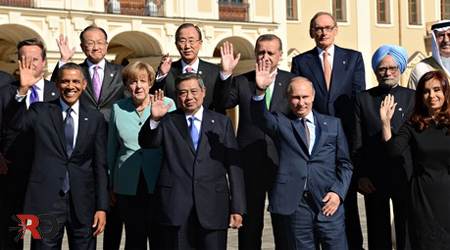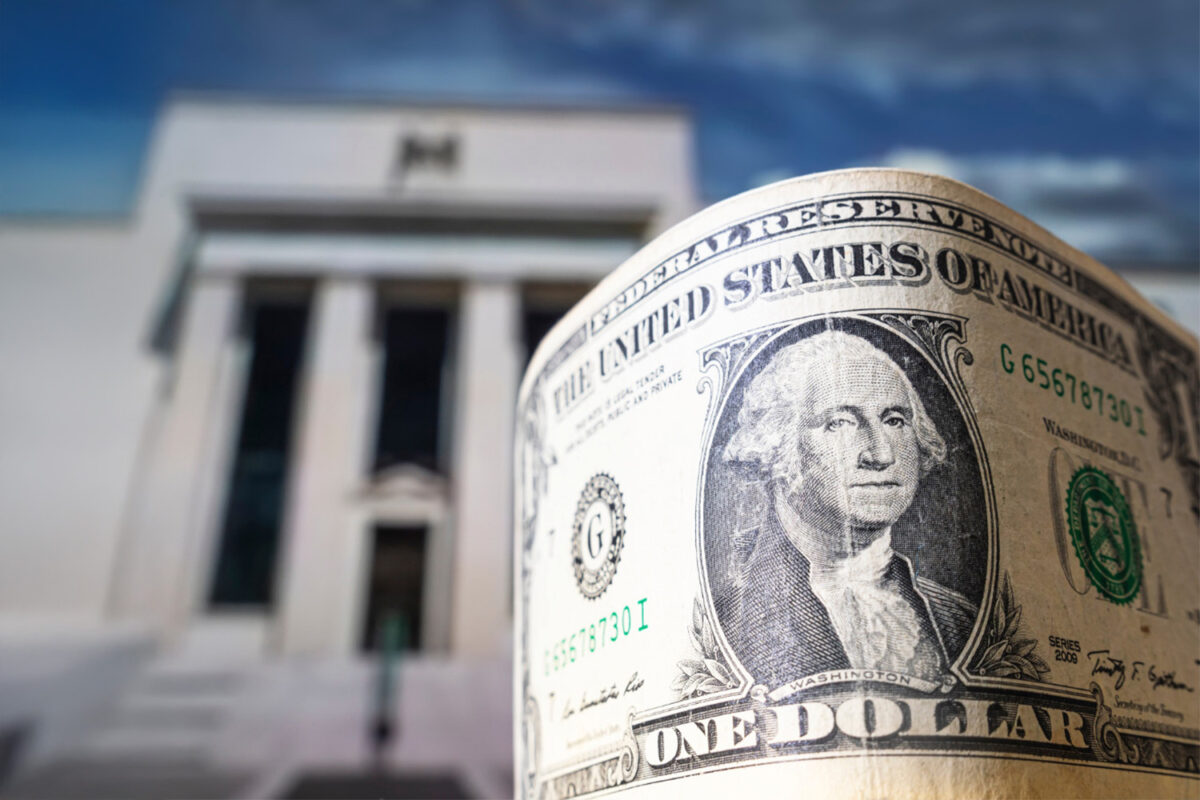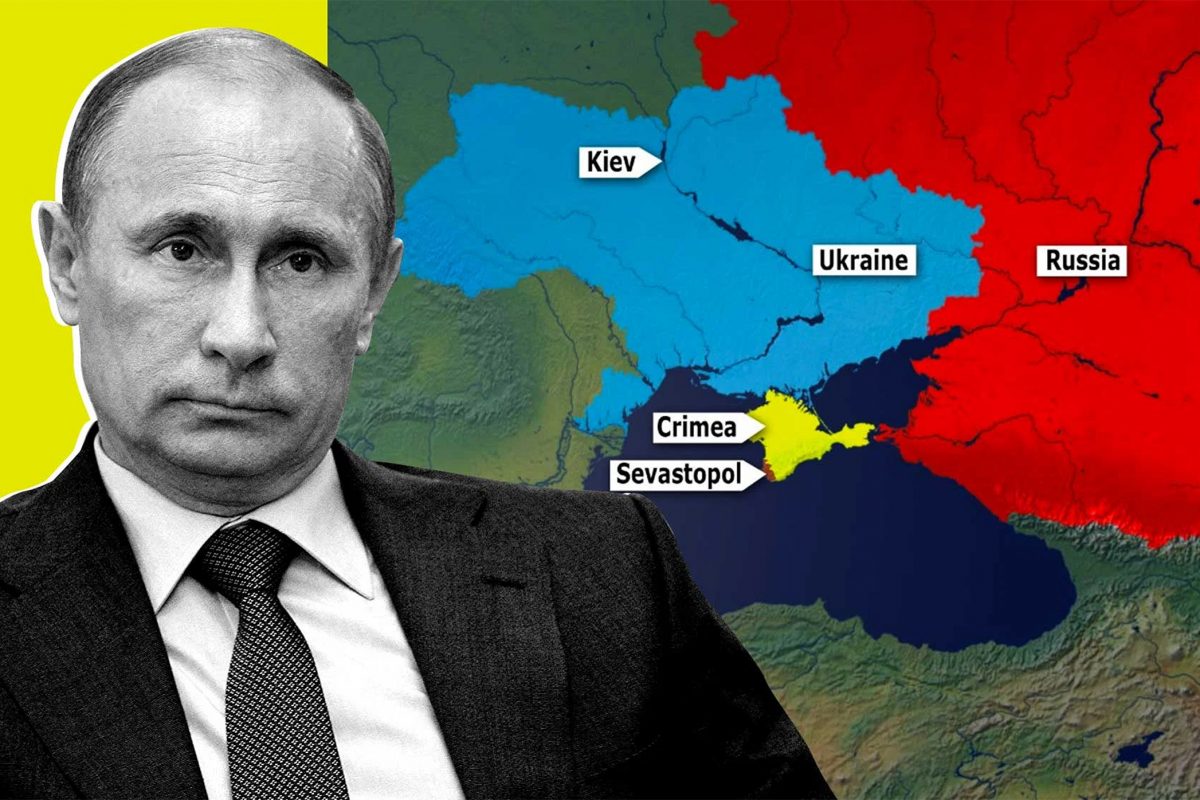
By Adnan Khan
The G20 summit of the world’s largest 20 economies concluded on 16 November in Brisbane, Australia, with the summit communique delivering only bad news on the global economy. The final summit communique highlighted: “But the global recovery is slow, uneven and not delivering the jobs needed. The global economy is being held back by a shortfall in demand, while addressing supply constraints is key to lifting potential growth. Risks persist, including in financial markets and from geopolitical tensions. We commit to work in partnership to lift growth, boost economic resilience and strengthen global institutions.”[1] The global economic crisis has now reached its seventh anniversary and whilst economic collapse has been averted, wealth maldistribution, welfare cuts, unemployment and government debt continues to halt any economic recovery. British Prime Minster David Cameron issued a stark message: “the red warning lights are flashing on the dashboard of the global economy.”[2] The G20 nations collectively account for 85% of the world economy, 80% of world trade and 60% of the worlds population,[3] but despite this it has failed to solve the global economic crisis. There are four key reasons for this failure.
Firstly, the US economy is the world’s largest by far, representing 22% of annual global economic output. The collapse of the subprime market in the US dragged the global economy down with it due to its sheer size. All attempts to kick start the US economy consistently run out of steam with the US economy constantly going into recession. The world’s largest economy began 2014 with its economy shrinking nearly 3% in the first quarter, but the failure of the US economy to sustain a health recovery 7 years after the financial crisis exposes fundamental flaws in the world’s largest economy. Whilst the US economy did grow for the remainder of the year a closer examination shows the factors driving growth are artificial and not sustainable. US household expenditure, consumer expenditure, in fact all metrics of spending are barely rising. In June 2014 various US banks announced that America’s total debt had reached $60 trillion! This level of debt is more than the value of goods and services produced by all the countries in the world put together. This is a staggering situation for the world’s superpower and is not sustainable. With all this debt the question is how has the US grown during the periods it did over the past few years? The main driver of the US economy has been the Federal Reserve stimulus program, which has pumped over $3 trillion into the economy. Attempting to kick start economic growth with stimulus was merely a high-octane boost and a temporary measure. They are designed to kick-start stalled economies, not to fuel sustained economic growth. The growth that has been achieved is just the inflated results of stimulus achieving its intended effect of being temporary. In 2013 the US officially changed the way it measured the economy, it changed how it measured growth and for the first time included intellectual property such as music production and drug patents. The effect of this added $370 billion to the economy which was a change of 2.5%.[4]
Secondly, the global economic crisis created a sovereign debt crisis in Europe and this exposed the debt driven nature of the union. Germany has however led the solution to the crisis in Europe by introducing controls on the fiscal systems of EU member states as well as restrictions on their national budgets. Germany imposed austerity as the only way to resolve the crisis on the continent and kept out any other potential solutions. This meant European nations would need to cut their budgets and balance their books. Austerity has made the crisis worse because in the middle of an economic crisis European nations are not spending but cutting expenditure. When the economic crisis began in 2008 consumers cut spending and companies laid off staff and also cut spending and halted plans for expansion due to the negative economic climate. In this environment governments across the continent also cut spending, so no segment of the economy was spending. Modern western economies depend on spending, it is spending that creates jobs and incomes and in turn incomes create spending. If for one reason or another, the private sector or businesses reduce their spending, then total spending can only be kept up by the government increasing its own spending. But European governments cut spending in the name of reducing debt and national deficits and this has dragged the whole economy down as no segment of the economy is spending and generating economic activity.
Thirdly, the European Union has seen some growth for short periods due to the use of an unconventional tool called Quantitative Easing (QE). This is the printing of money and pumping it into the national economy, which a country with its own money creating central bank can do. As interest rates are at virtually zero percent across the EU using the interest rate to encourage borrowing and spending ceased to be effective and this was where directly printing money and pumping this into the economy i.e. QE was utilised. But QE had failed to generate economic activity and as a result the European Central Bank (ECB) announced on 5 June 2014 that it was imposing negative interest rates of -0.1% on eurozone banks who place reserves in their accounts held by the ECB. This unique situation meant banks would be charged rather than paid interest on money they held in their accounts.[5] The deficiency of QE is that it only has a temporary effect of making the economy grow but once this money works through the system the economy ends up in the same place it started. In the UK, the government spent over £375 billion (around 30% of the economy) on QE and it has been a key tool to revive the economy. This money was pumped into the London Stock Exchange (rather than to ordinary citizens),[6] even though only 5% of the UK wealthiest own 40% of the shares on the stock market! For every new pound that was created only 8p trickled down into the real economy, the rest remained in the parallel financial sector.[7] QE created an artificial but temporary situation, but its inflationary effects remain permanent.
Fourthly, Whilst the global economy has seen some growth ever since the global economic crisis began back in 2007, this has been largely driven by emerging economies such as Brazil, Russia and India and not nations such as the US, China or Germany. The emerging nations, between them have accounted for 75% of total growth in the world economy over the past five years.[8] These nations in 2014 saw their economies run out of steam as they were being driven by mineral resource mining or basic goods manufacturing, which was cheaper than anyone else. On its own this was never organic or sustainable. This is why global economic recovery has been slow and choppy as the world’s advanced economies have struggled to grow. The global system currently operates on the western economies importing from cheaper emerging economies, who in turn export such goods that generate other economic activity in the West. For the moment Western economies are struggling to grow, which is being compounded by austerity and stimulus. Emerging economies replaced exports to the West with their own temporary measure, but. In 2014 these temporary measures crumbled. Russia is marred in economic crisis, China’s economic model of low wages and exports has gone as far as it can and Beijing is now focusing on internal consumption to drive economic growth. Japan, Germany, France and Italy are all in recession. The top 10 trillion dollar economies of the world are all struggling to grow. This is why talk of a rebalancing in the global economy is now out of the question.
After 7 years, the underlying factors that led to the global economic crisis still remain. Although the fall in the global economy is slowing, the global economy is not improving. Although statistics and data indicate some level of economic growth, when unemployment, borrowing and lending, production and wages are analysed these all continue to fall even if GDP is improving. Whether it’s the G7 or G20 both have failed to resolve the crisis. The solutions they have applied only had the temporary effect of stopping the crisis temporarily, but not ending the crisis. That is why every time the global economy grows, very quickly growth turns into recession. The only way to resolve this crisis is through wealth being distributed across the world more equitably and within the world’s largest economies. But the heart of the current global economic problem is the fact that the richest 9% of the world own over 80% of global wealth![9]
[2] http://www.theguardian.com/commentisfree/2014/nov/16/red-lights-global-economy-david-cameron
[3] https://www.g20.org/about_g20/g20_members
[4] http://www.bbc.co.uk/news/business-23501037
[5] http://www.bloombergview.com/quicktake/negative-interest-rates
[6] http://www.positivemoney.org/2014/06/waste-375-billion-failure-quantitative-easing-video/
[7] http://www.positivemoney.org/2014/06/waste-375-billion-failure-quantitative-easing-video/
[8] http://monitor.icef.com/2014/03/the-role-of-emerging-markets-in-shaping-global-demand/
[9] https://publications.credit-suisse.com/tasks/render/file/?fileID=60931FDE-A2D2-F568-B041B58C5EA591A4




